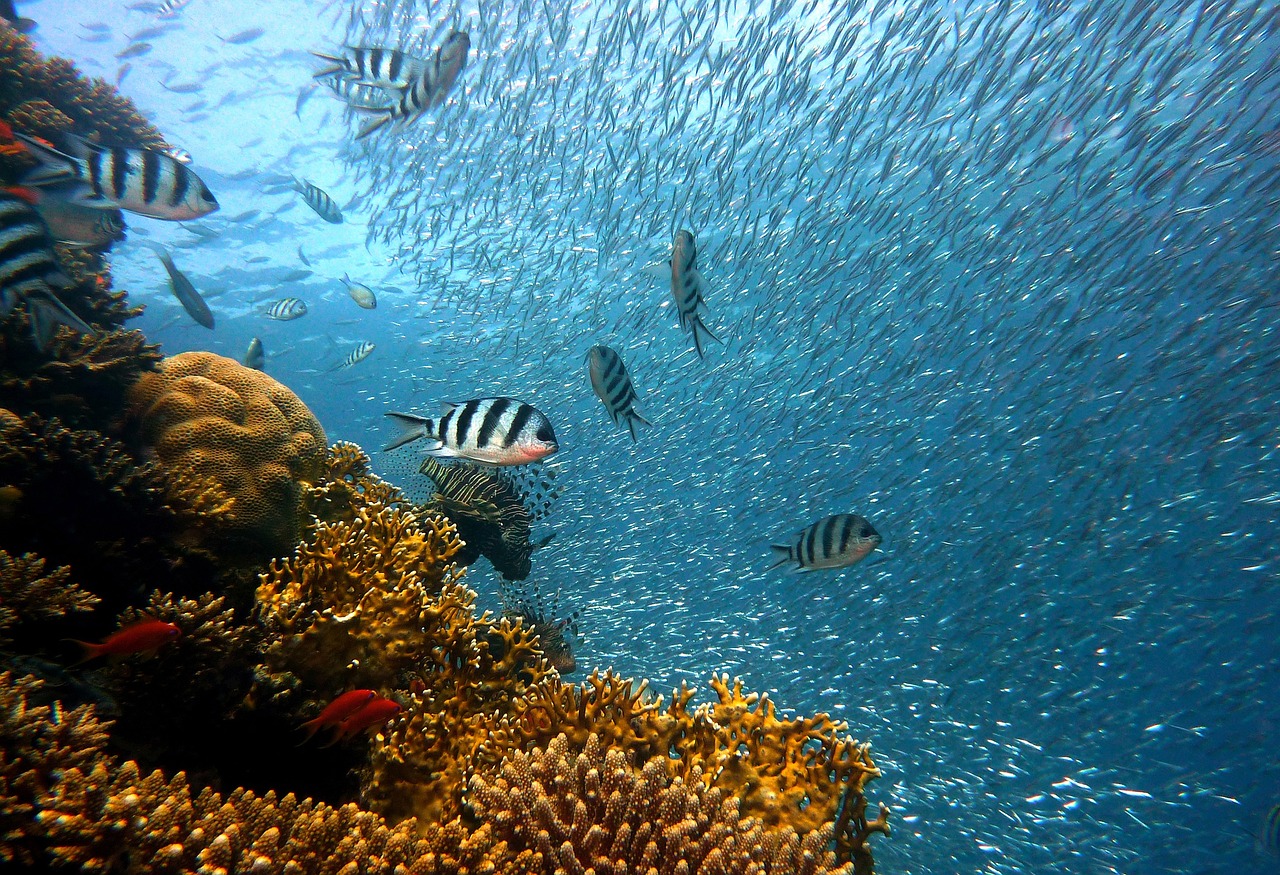Table of Contents
ToggleIntroduction:
El Niño is a phenomenon that occurs every few years and has a significant impact on global climate patterns. It affects everything from ocean temperatures to weather patterns, and it can have severe consequences for ecosystems around the world. In this article, we will explore the relationship between El Niño and its tipping points and how it impacts two of the world’s most important ecosystems: the Amazon Rainforest and the Great Barrier Reef.
What is El Niño?
El Niño is a weather phenomenon that occurs every few years when ocean temperatures in the Pacific Ocean rise above average levels. This warming of the ocean causes changes in global climate patterns, leading to extreme weather events such as floods, droughts, and heatwaves. El Niño is part of a larger weather pattern known as the El Niño Southern Oscillation (ENSO), which includes La Niña, a cooling of the Pacific Ocean.
Tipping Points
Tipping points are critical thresholds beyond which an ecosystem can undergo rapid and irreversible changes. These changes can have severe consequences for biodiversity, ecosystem services, and human well-being. Tipping points can occur due to a variety of factors, including climate change, deforestation, and pollution.
El Niño and the Amazon Rainforest
The Amazon Rainforest is one of the most biodiverse ecosystems on the planet, home to millions of species of plants and animals. The rainforest plays a critical role in regulating global climate patterns, storing carbon, and producing oxygen. However, the Amazon Rainforest is also highly vulnerable to the impacts of El Niño.
During El Niño events, the Amazon experiences droughts that can last for months. These droughts can cause widespread forest fires, which release carbon into the atmosphere and lead to further warming of the planet. Additionally, droughts can cause significant damage to the Amazon’s hydrological cycle, leading to changes in rainfall patterns and soil moisture levels. These changes can have severe consequences for the Amazon’s biodiversity and ecosystem services.

El Niño and the Great Barrier Reef
The Great Barrier Reef is one of the world’s largest and most biodiverse coral reef ecosystems. The reef supports a vast array of marine life, from fish and sharks to sea turtles and whales. However, the Great Barrier Reef is also highly vulnerable to the impacts of El Niño.
During El Niño events, the waters around the Great Barrier Reef warm up, leading to coral bleaching. Coral bleaching occurs when corals expel the algae that live inside them, causing them to turn white and potentially die. This can have severe consequences for the reef’s biodiversity and ecosystem services, as corals provide habitat for a vast array of marine life.
Conclusion
El Niño is a significant weather phenomenon that has severe consequences for ecosystems around the world. Tipping points can occur when El Niño interacts with other factors, such as climate change, deforestation, and pollution. The Amazon Rainforest and the Great Barrier Reef are two of the world’s most important ecosystems and are highly vulnerable to the impacts of El Niño. It is crucial to understand the relationship between El Niño and its tipping points to protect these critical ecosystems and ensure their resilience in the face of future climate change.








1 thought on “El Niño and Its Tipping Points: Impacts on the Amazon and the Great Barrier Reef”
Pingback: Mass Coral Bleaching and Infectious Diseases: Impact of El Niño